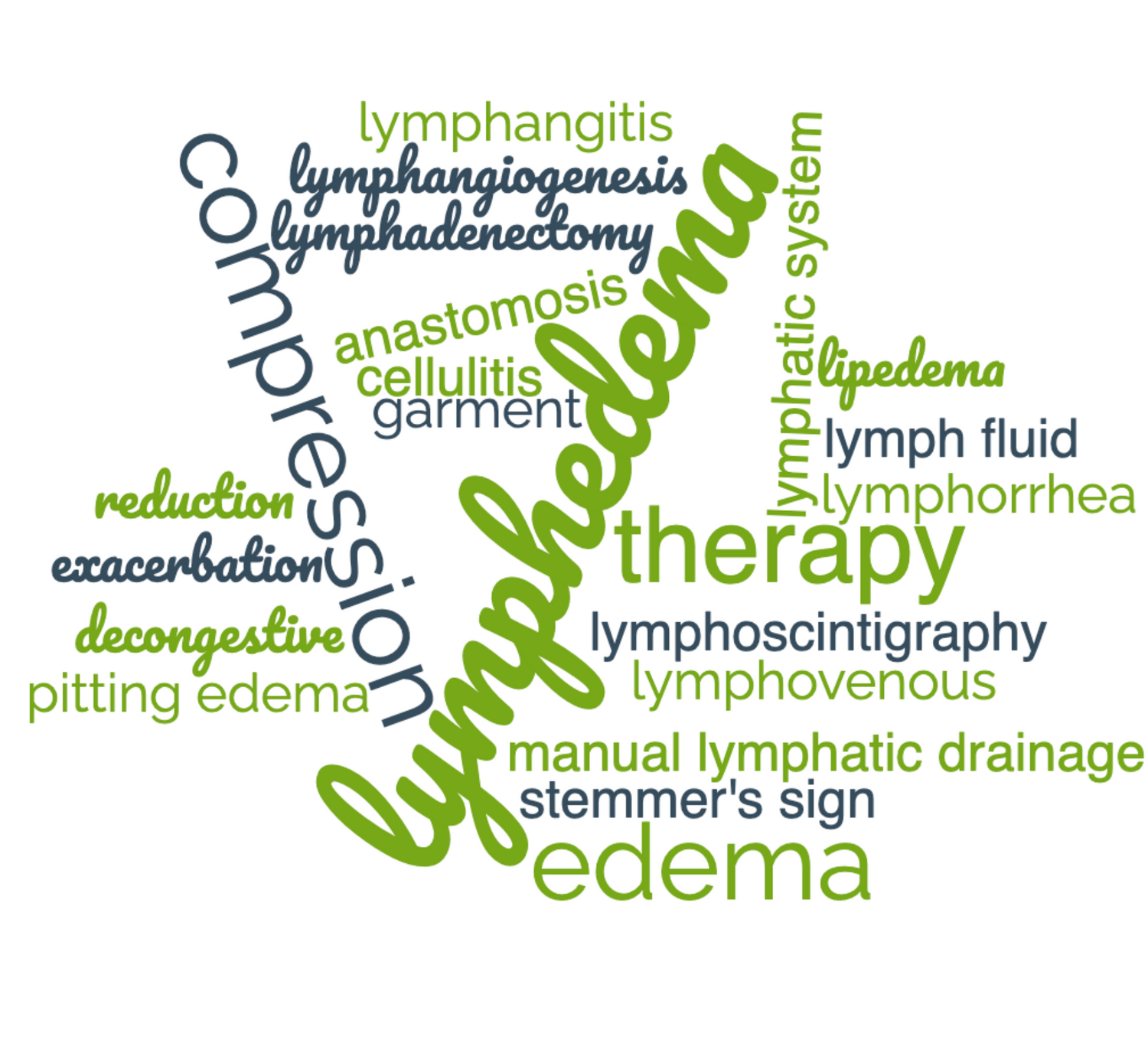Navigating the world of Lymphedema — or any kind of edema — can be complicated. There’s a lot to know, and one of the big challenges is knowing what your doctor and therapists are actually talking about. At Alta Medical, we’re here to help guide you as best we can, so here are some words and phrases you might be hearing for the first time and what they mean.
Lymphatic system — Is a crucial network of vessels and nodes that supports the immune system and maintains fluid balance. It functions as the body's drainage and defense mechanism, aiding in waste removal and immune defense. Lymph nodes act as checkpoints, detecting and responding to infections, contributing to overall health and well-being.
Lymph fluid — Lymph fluid is like the body's "clean-up crew," moving through a separate network of vessels to clear away waste and excess fluids from tissues. Unlike blood, it lacks red blood cells and relies on muscle contractions for circulation.
Lymphedema —Is a chronic condition characterized by swelling (edema) caused by the accumulation of lymph fluid and plasma proteins in the tissues, usually as the result of damage or obstruction of the lymphatic system or genetic factors.
Edema — Edema refers to swelling caused by an abnormal accumulation of fluid in the body's tissues. It commonly occurs in the legs, feet, ankles, and hands but can affect other areas as well. Edema results from various factors, including increased fluid retention, inflammation, injury, or underlying medical conditions.
Lipedema — Is a condition characterized by the abnormal accumulation of fat in certain areas of the body, typically the lower body and sometimes the arms. It often leads to disproportionate swelling, pain or tenderness and may severely impact movement. Despite its appearance, lipedema is not caused by obesity and tends to worsen over time. Although its exact cause isn't fully understood, genetics and hormones likely play a role. Managing lipedema involves specialized care to alleviate symptoms and improve quality of life.
Manual Lymphatic Drainage (MLD) — A specialized massage technique performed by trained specialists to stimulate the lymphatic system and promote the drainage of excess fluid from the areas of swelling.
Compression therapy — Specialized garments, such as our SiennaWrap, are designed to apply an external pressure to the affected limbs, supporting skin integrity, providing resistance to muscle contraction, promoting lymphatic drainage and venous uptake to create a normal fluid balance in the limb.
Complete Decongestive Therapy (CDT) — Is a full treatment methodology for treating lymphedema and edema that includes:
- a specialized massage to improve and restore lymphatic flow
- an application of low stretch bandages or sleeves to support the skin
- a structured exercise program to naturally amplify lymphatic function
- a skin evaluation and development of a skin care program
Primary lymphedema — Swelling caused by problems in the lymphatic system that someone is born with or develops as they grow, rather than being caused by another medical condition or treatment.
Secondary lymphedema — Swelling that happens because something damages or blocks the lymphatic system, usually after surgery, radiation, infection, injury, or cancer.
Pitting edema — Swelling where pressing on the skin makes a dent (pit) that stays for a little while after you remove your finger, showing that there's too much fluid in the tissues.
Stemmer's sign — A medical sign where you can't pinch and lift the skin at the bottom of the toes or fingers, showing that the skin is thickened and tough due to long-term lymphedema.
Lymphangitis — When the vessels that carry lymph become inflamed, usually because of a bacterial infection. It shows up as red lines spreading from the sore spot, along with fever and swelling.
Cellulitis — A skin infection caused by bacteria, which can happen to people with lymphedema because their immune system is weaker and their skin is more likely to get damaged. It shows up as redness, warmth, swelling, and pain.
Compression garment — Specialized garments, such as sleeves, stockings, or wraps, designed to apply graduated pressure to the affected limbs, promoting lymphatic drainage and reducing swelling.
Lymphadenectomy — Surgery to take out lymph nodes, often done to treat cancer. It can raise the chance of getting lymphedema in the arm or leg where the nodes were removed.
Lymphoscintigraphy — A test using radioactive tracers to see inside your lymphatic system and find any problems or places where the fluid isn't flowing normally.
Lymphorrhea — When lymph fluid leaks out through the skin, usually happening in later stages of lymphedema or if the skin is damaged.
Lymphangiogenesis — Making new lymphatic vessels, either as part of the body's own healing process or as a treatment to help the lymphatic system work better.
Lymphovenous anastomosis (LVA) — Surgery that links lymphatic vessels to veins nearby, making new pathways for lymph to flow when the old ones are blocked or damaged.
Complete reduction — A term used to describe the complete resolution of swelling and symptoms in a limb affected by lymphedema, often achieved through comprehensive lymphedema management strategies such as CDT.
Exacerbation — When swelling gets worse or symptoms of lymphedema get more severe, usually because of things like infections, injuries, or not following treatment properly.
_________________________________


